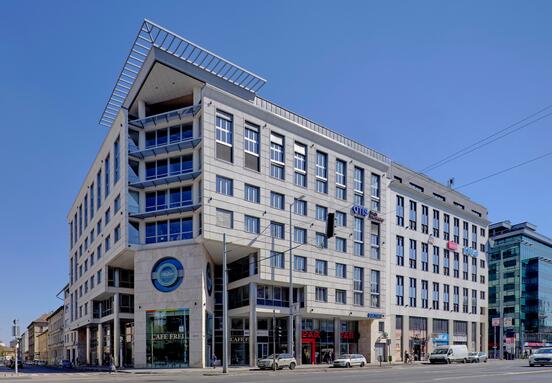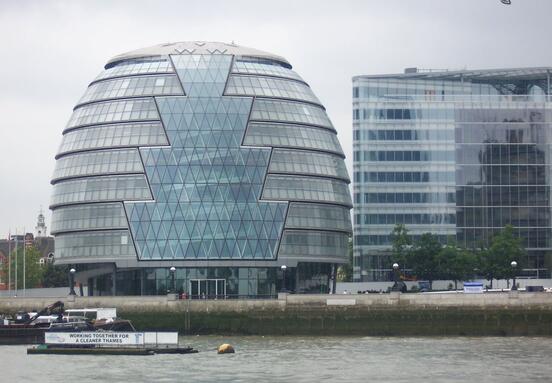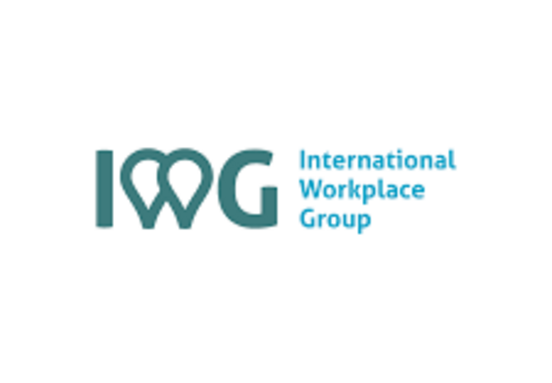This will be combined with challenges in the supply chain, the nearshoring of operations and rapidly rising inflation. Culminating in a direct effect on sale prices and the rent paid by occupiers - reveals a report by Colliers: CEE Investment Scene 2021/2022.
Kevin Turpin, Regional Director of Capital Markets, CEE at Colliers explains: “In the CEE region, we are registering some investors returning to a wait-and-see approach before making investment decisions. Similarly, we have seen some leasing deals put on hold or completely withdrawn. Some of these are claimed to have been related to Russian companies being involved and others due to the uncertainty of the war and its physical proximity. At the same time, there will always be those that continually look for and find opportunity even in the most challenging of times.”
CEE investment volumes from 2017 to 2021
Despite the disruption of the pandemic, full year investment volumes for 2021, totalling €11.07 billion, were up by 6% YoY but 20% lower than the same period of 2019. Colliers originally estimated that year-end volumes for 2022 could reach in excess of €12.0 billon, however, the war in Ukraine impacted this outlook.
CEE investment volume growth rates
Individually, most countries are behind their pre-pandemic volumes, but Poland, with 57% of 2021 volumes, has reached its 5-year, pre-pandemic average. There was certainly a pick-up in activity in the final quarter of the year, but some markets were still held back by a lack of available product.
Q4 2021 prime yields and 12-month forecast
We have recorded limited movements in prime yields for many markets in the region, primarily due to the ongoing lack of transactional evidence to support further shifts in some sectors and markets. The exception is prime logistics yields that have come in by almost 100 bps on average across CEE since Q1 2020, with Poland reaching over 180 bps. Our view remains that some markets will see further inward shifts although the pandemic and the impact of the war in Ukraine is driving inflationary, interest rate and negative economic pressures.
CEE flows by sector
For the first time since 2008, the industrial sector secured the top spot with a 38% share of 2021 volumes. Offices and residential continue to record stable volumes, despite a relative shortage of available product for sale on the market. Retail volumes continue to be supported by retail park and supermarket assets, while hospitality volumes remain limited overall.
CEE flows by origin of buyer
Western and Northern European funds were behind 36% of all transaction volumes in 2021, most notably capital from Germany, the UK, Austria and Sweden. CEE capital was also very strong with a 32% share of total volumes. Czech domiciled capital was the most active overall with an 18% share overall and responsible for 52% of Czech Volumes, 68% of Slovak volumes and acquisitions also recorded in Poland, Romania, Hungary and Bulgaria.
Economic indicators and drivers
With the geopolitical and health related crises, the global economic outlook continues to change frequently and is extremely difficult to predict. The current situation is highly complex, impacts on a broad spectrum of the economy and is most likely to worsen throughout 2022 before getting any better. The war in Ukraine and related sanctions, on top of pandemic and ESG drivers and disruptions, will impact property markets in terms of supply, demand and affordability. Not all of these impacts are negative but, will differ between property sectors. “However, it is both rising inflation and interest rates that are being very carefully monitored as they will bring an end to the long-running ‘low for longer’ period which will not only impact the cost of debt and pricing but also multiple other costs for real estate investors, developers, occupiers and consumers,” adds Kevin.
ESG: integration into commercial real estate due diligence processes
There is an increasingly urgent need for the integration of ESG factors into real estate investors’ decision-making, especially due to the variation in ESG benchmarking and implementation occurring across real estate players and sectors within the CEE region.
Oana Stamatin, ESG Chief Officer for CEE & Romania at Colliers comments: “ You have all heard the term ‘stranded assets’ and, depending on whether you are buying, holding, or selling, this term will make you perceive real estate or transactions in quite different ways. Going forward, the elements that make up ESG are already and will become increasingly more important to investment strategies. Conducting an ESG review during the due diligence process can help investors identify deal threats and key ESG opportunities for improvement post-acquisition while highlighting deficient standards and identifying regulatory liability.”
Colliers








